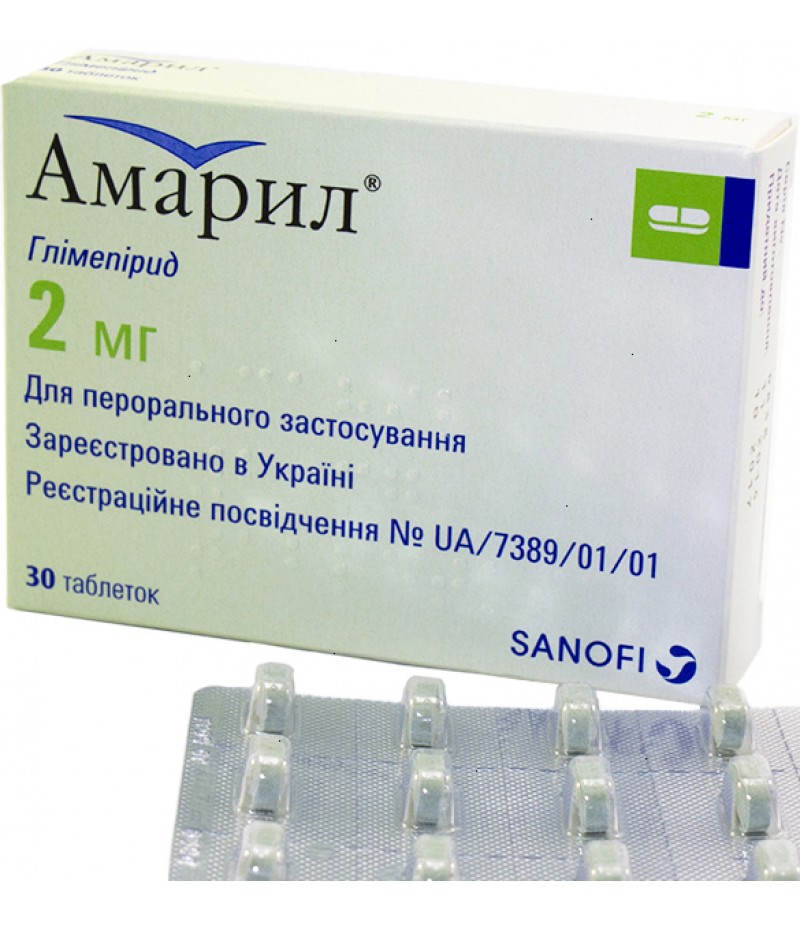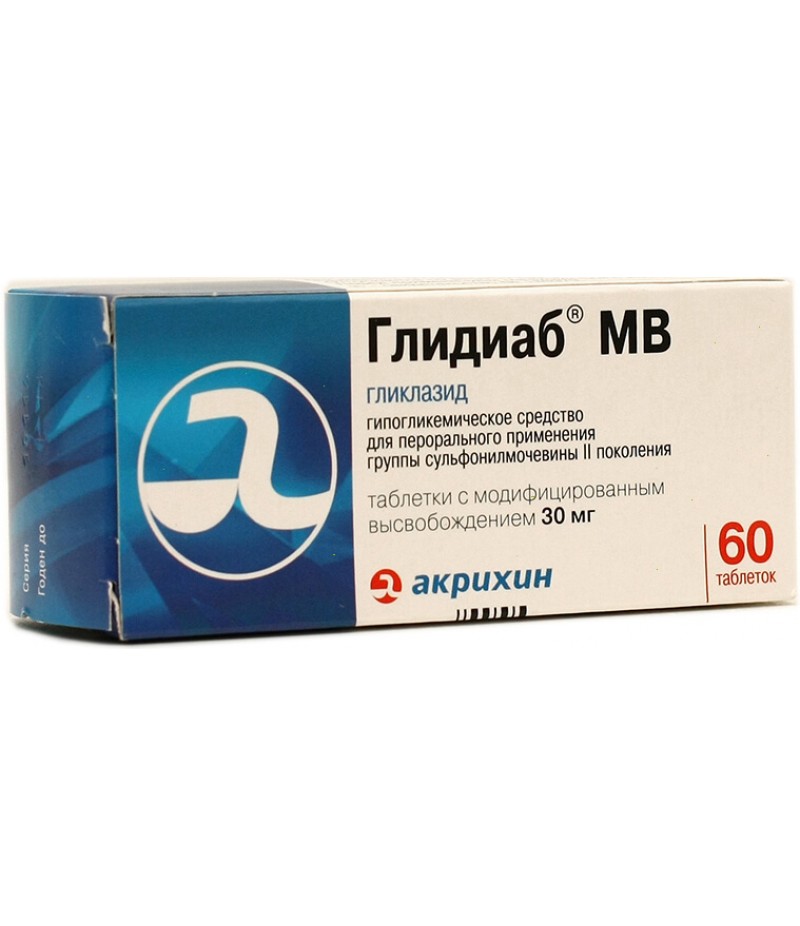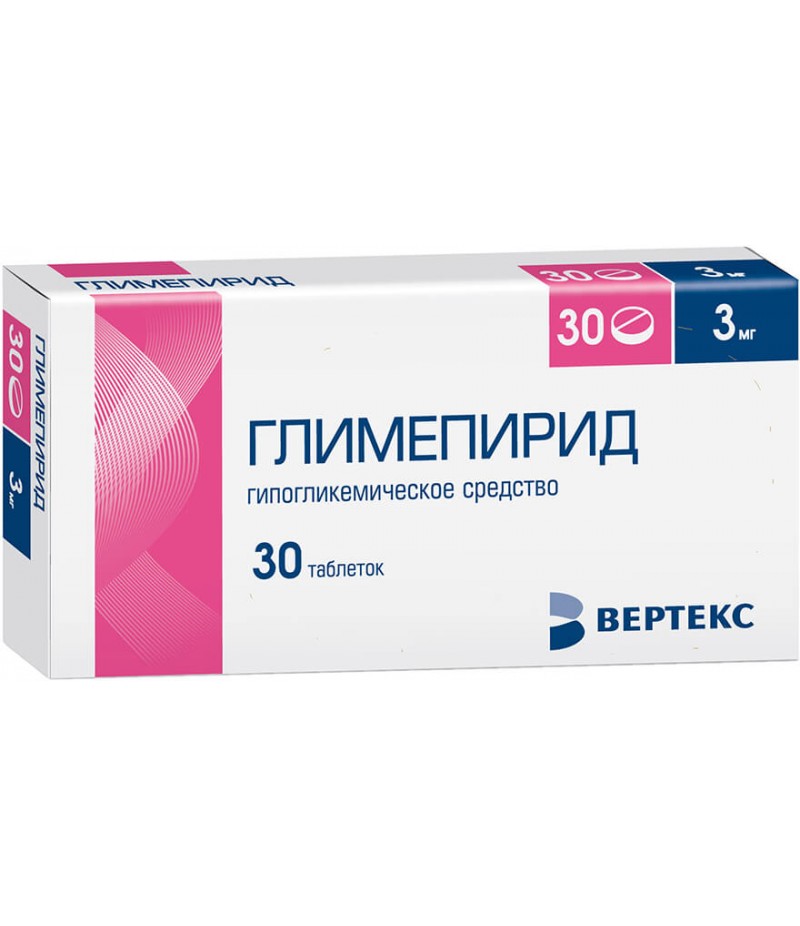Amaryl tabs 2mg #30
- $32.28
- 3 or more $29.50
- Availability:In Stock
Amaryl tablets instruction for useYou can buy Amaryl hereAmaryl is a modern drug for the treatment of type 2 diabetes.CompositionAmaryl is available in tablet form in several dosages: 1, 2, 3 and 4 mg. Its properties are due to th..
Amaryl tablets instruction for use
You can buy Amaryl here
Amaryl is a modern drug for the treatment of type 2 diabetes.
Composition
Amaryl is available in tablet form in several dosages: 1, 2, 3 and 4 mg. Its properties are due to the active substance - glimepiride, a sulfonylurea derivative. As auxiliary substances, lactose monohydrate, povidone, magnesium stearate, microcrystalline cellulose and E172 or E132 dyes are used.
Regardless of the dosage, all tablets have a separation risk and engraving. As a distinctive feature - the color of the tablet itself: 1 mg pink, 2 mg - green, 3 mg - pale yellow and 4 mg - blue.
Indications for use
Indications for the appointment are:
Monotherapy of type 2 diabetes mellitus;
Combination therapy of diabetes mellitus (together with insulin and metformin).
Contraindications
The drug is contraindicated in the following cases:
1 type of diabetes mellitus;
severe forms of liver and kidney disease due to lack of clinical trials in these patients;
pregnancy and lactation (switching to insulin therapy is recommended);
diabetic ketoacidosis, coma and precoma;
hypersensitivity to the drug and its components and other derivatives of sulfonylureas.
Care should be taken in the first weeks of amaryl application, if there are risk factors for hypoglycemia, lifestyle changes (diet, physical activity, etc.) and impaired absorption of drugs and food for intestinal paresis and intestinal obstruction.
Application features
The course of treatment with amaryl is long and has its own characteristics. For example, it's important not to miss the next meal.
The drug is taken as a whole or divided into equal parts along the risks, if necessary. It is washed down with a sufficient amount of water.
The initial dose - 1 time / day for 1 mg can be increased gradually, with the interval being 1-2 weeks. The order of dosage adjustment: 1-2-3-4-6- (8) mg / day.
The distribution of doses and the time taken depends on lifestyle and metabolism. So, the daily dose is taken in one step before a full breakfast. By skipping the drug, it is important to do this before lunch or dinner at the same dose.
Correction of the dose of amaril is necessary when lifestyle changes, weight loss, the emergence of risk factors for the development of hypoglycemia. Among the latter - malnutrition and skipping meals, alcohol consumption, glimepiride overdose, violation of carbohydrate metabolism, kidney and liver function.
Important: There is no exact relationship between the dosages of amaril and oral hypoglycemic drugs. The initial dosage is always 1 mg, even if before that the patient took the maximum dose of another medication.
In poorly controlled diabetes, combinations of amaril and other hypoglycemic agents may be prescribed. The most commonly used metformin and insulin. In the first case, doses are preserved and an additional dose of a low dose of two drugs is administered. In the second - the dose of glimepiride is unchanged, and insulin gradually increases.
Side effects
When applying amaryl, there may be side effects from the organs of vision, hematopoiesis, metabolism and digestive tract.
The development of hypoglycemia with its characteristic symptoms - a feeling of hunger and nausea, drowsiness and fatigue, impaired vigilance and attention, visual disorders, tremor, bradycardia and shallow breathing. Also, there may be sticky sweat, angina and anxiety, and the clinical picture is like a stroke.
The change in glucose concentration causes visual impairment.
Pain in the abdomen, diarrhea, vomiting and nausea, stopping when the drug is withdrawn.
Allergic reactions in a mild form (skin rash, itching and urticaria), and in severe (allergic vasculitis, anaphylactic shock and reactions with a sharp drop in blood pressure and shortness of breath).
Overdose
Acute overdose and prolonged use of amaril can lead to severe hypoglycemia, the symptoms of which are described in side effects. To eliminate it, you should immediately take carbohydrates (a piece of sugar, sweet tea or juice), except for sugar substitutes.
In severe cases, hospitalization, gastric lavage and the use of adsorbents (for example, activated charcoal) are indicated.
Drug Interactions
The simultaneous use of amaryl with insulin, other hypoglycemic drugs, certain antibiotics (tetracyclines, sulfonamides, clarithromycin), high doses of pentoxifylline, fluoxetine, fluconazole, anabolic steroids, ACE inhibitors (captopril, enalapril, ramipril, perindopril, lisinopril, etc.) increases the hypoglycemic effect. . The reverse action will have a combination of amaril with barbiturates, laxatives, diuretics, high doses of nicotinic acid, rifampicin.
Amplification and reduction of hypoglycemic action of amaril can cause beta adrenoblockers (carvedilol, atenolol, bisoprolol, metoprolol, etc.), reserpine, clonidine, coumarin derivatives and alcohol.
Storage conditions
Storage temperature should not exceed 30 ° C. It is important to keep it out of the reach of children.



